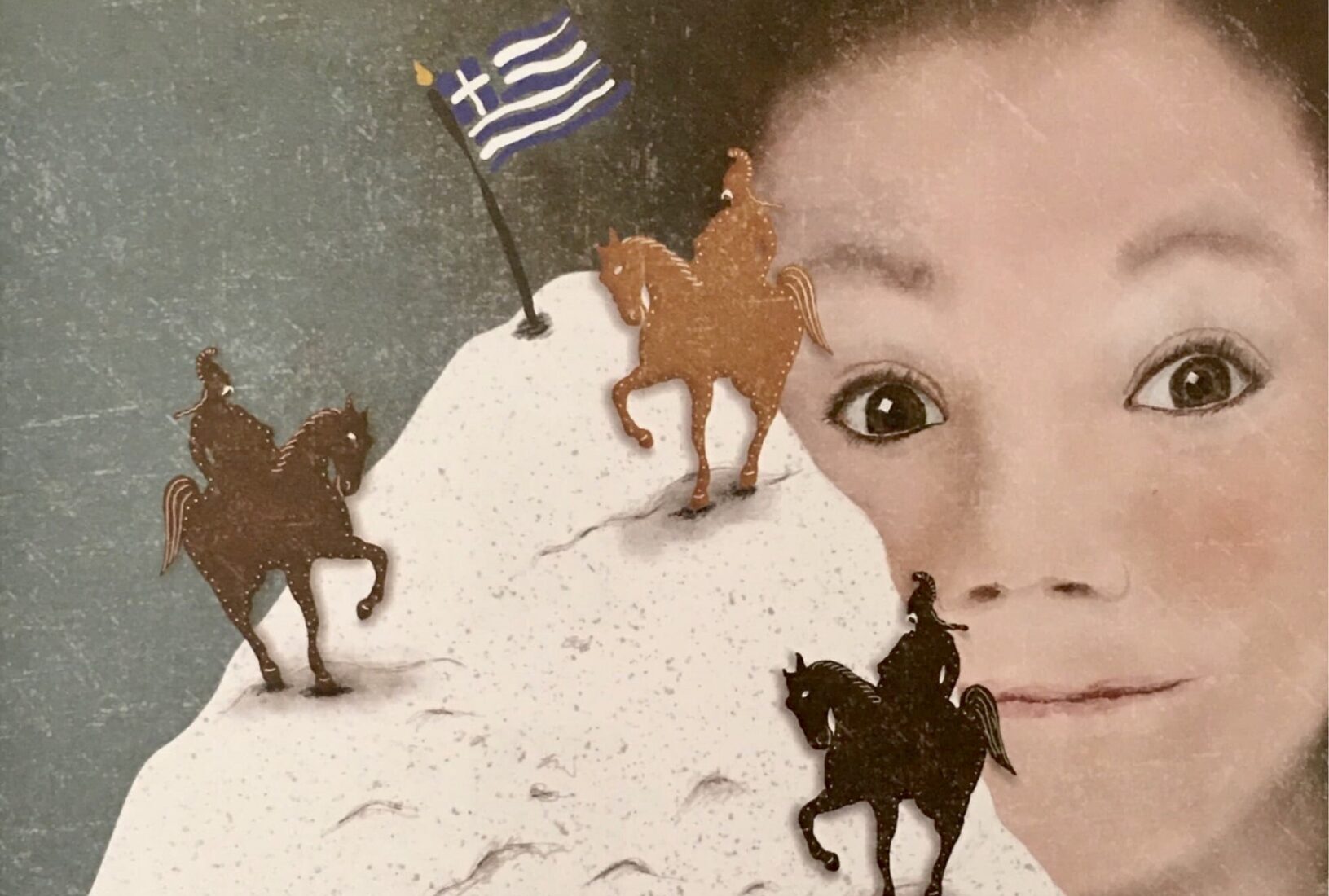
Children’s literature is based on fables, myths and fairytales passed down for centuries from one generation to the next through oral tradition.
Children’s literature is based on fables, myths and fairytales passed down for centuries from one generation to the next through oral tradition. This phenomenon is common for many parts of the world, while a typical example for our country is that the first recorded form of Aesop’s Fables appears in 400 AD, while Aesop lived in the 7th century BC. In fact, it is also hypothesized that at least some of the fables attributed to him were even older, and he collected and perfected them. With animals in the leading roles, simple plot and easily comprehensible meaning, Aesop’s fables were much loved by children. The fables were first printed in the 15th century, and even today they are considered classics of children’s literature.
Gradually, with the spread of typography and a growing interest for children, as people with their own special needs and not just as ‘little adults’, books aimed at children began to circulate, although their content was didactic, Christian, moralistic and not at all entertaining. The first book thought to be exclusively addressed to children was published in 1658, titled Orbis Pictus, by the the Czech philosopher John Amos Comenius. It could be considered a children’s encyclopedia since it was divided into chapters with topics such as religion, botany, zoology, etc. that were accompanied by woodcut illustrations. Its impact on children’s education was great, as it was the first book to combine text and information with images.
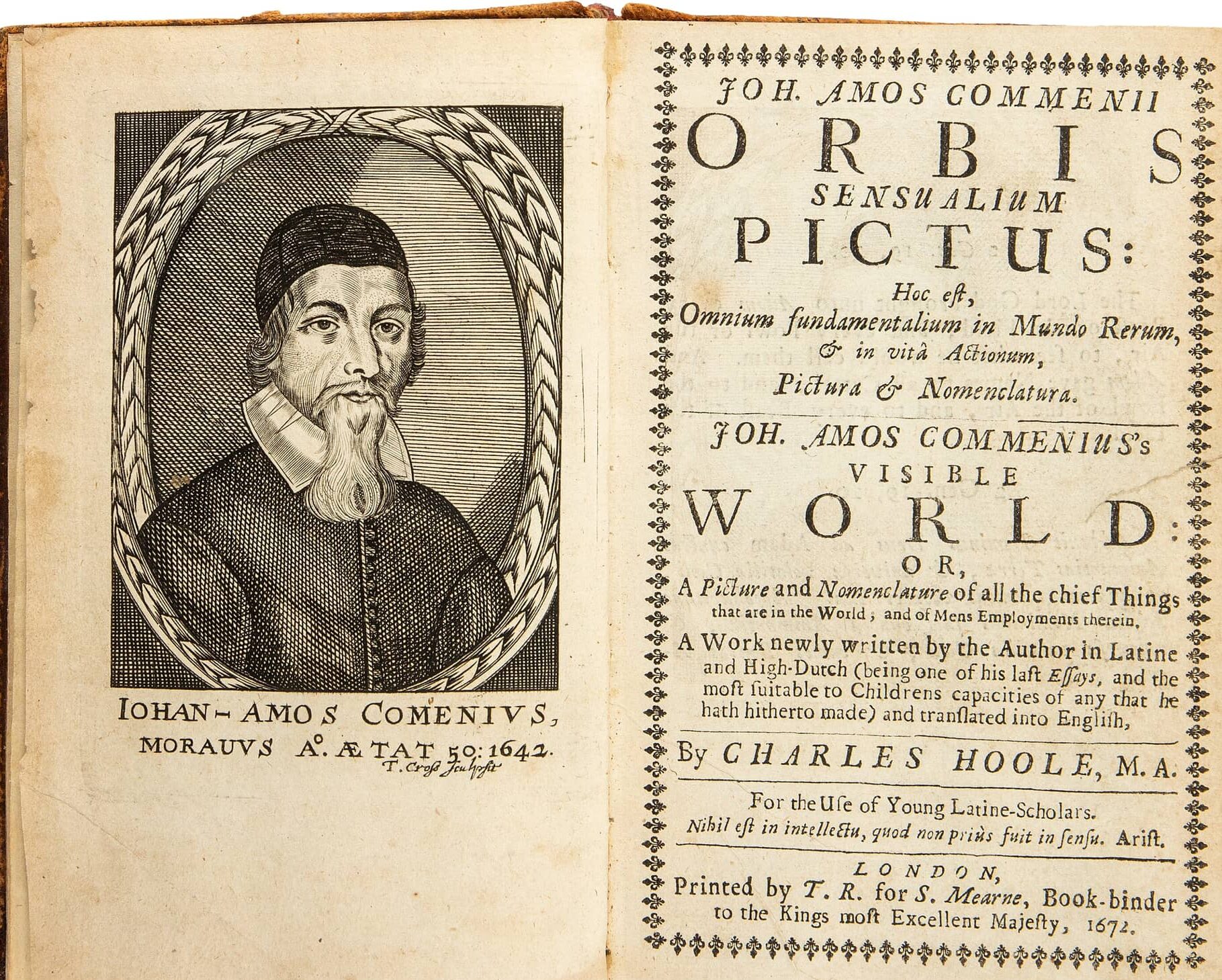
Comenius Orbis Pictus
The range of topics became wider and the number of publications increased in the early 19th century, when paper became cheaper and obtaining a book became easier for most people. However, what we know today as children’s books began to take shape after 1920, when mass printing of color-printed books became possible. Nowadays, children’s books have become an autonomous branch of literature.
Today, children’s books comprise one of the pillars of world literature, with millions of sales worldwide. Bookstores, publishers, and libraries focusing exclusively on children’s books are investing in this ever-growing branch of the book market.
Our country is no exception. Every year, thousands of children’s books are written, translated and published, the vast majority of which are of high quality. After all, children are tough judges and children’s publications are a demanding industry. Text, illustration, editing, and paper quality –everything plays a role in creating a book that will be loved. The story should be comprehensible but not naive, the illustration pleasant, friendly and accompanying without becoming glaring, the paper pleasant to the touch and, of course, durable, since children’s books often ‘suffer’ a lot.
And, for several years now, children’s literature is not anymore limited to fairytales and songs, but covers themes from works of classic literature, art, history, science, sports, ecology and much more.
In Greece, we are lucky to have several people in publishing who love children’s literature and engage with it systematically. After all, the mythology, the history, and the natural environment of our country are inexhaustible sources of inspiration.
This year, we celebrate the 200th anniversary of the Greek Revolution of 1821. There are many publications of history and other social sciences related to the Anniversary, as well as several children’s publications that highlight the events and heroes of 1821. The book So that we can live in freedom, by Eleni Svoronou from METAICHMIO publications, in a form consisting of questions and answers, introduces children to the history of the Ottoman rule, the revolution and the liberation, philhellenism, the protagonists of the Struggle, the Byzantium.
PAPADOPOULOS publications reached out to 22 writers and artists, and with their short stories and accompanying images created the book 21 + 1 Writers write, artists illustrate for 1821: a travel through time, starring heroes of the Revolution, the sculptures of Aphaia in sculpture of Munich, a teenage soccer player descendant of Karaiskakis and even a recipe for cookies….
The book 21 HEROES Heroes of 1821 by Vassilis Koutsiaris and Giannis Diakomanolis from MINOAS publications and the “40” series presents 21 Heroes of the Revolution, some of whom, although not so well known, contributed greatly to the Struggle.
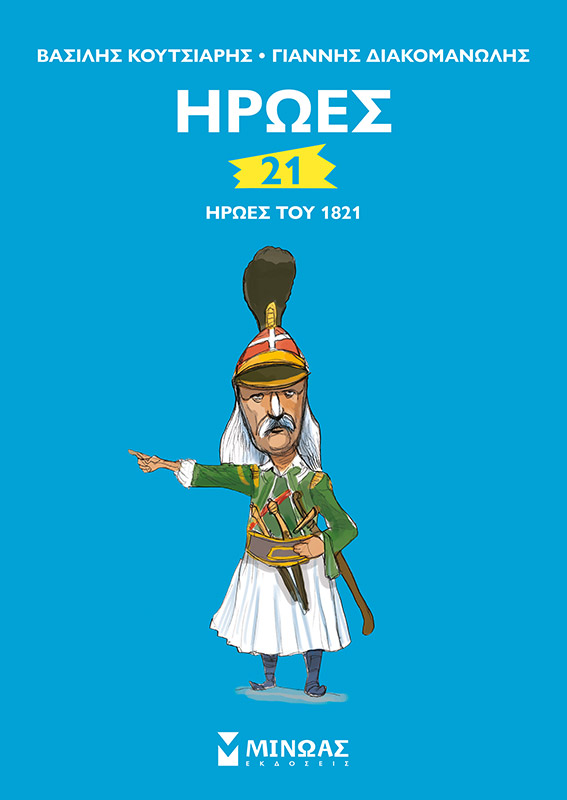
Vassilis Koutsiaris and Giannis Diakomanolis Gianni, Koutsiaris Vassilis, 21 Heroew 2021, Minoas Publications
The book Like the Wind, Lord Byron, by the historian Maria Skiadaresi, published by PATAKIS, focuses on the personality and contribution of Lord Byron. In a child-friendly manner, the book presents the departure, arrival and action of the English poet in revolutionary Greece, his struggle, his disappointments, his enthusiasm, and eventually his death. The book belongs to the “Portraits” series of PATAKIS publications.
The book Little Kittens 4: Otto and Amalia deals with the years after the revolution, and specifically in the period of Otto’s reign. The story is told through the eyes of Otto – not the king, but his cat of the same name. In the series “Little Kittens” of PATAKIS publications, the author Argyro Pipini combines cats and history, because “behind every great man, there is a cat”.
2020 marked another historical anniversary, as 2500 years have passed since the naval Battle of Salamis. The book of KEDROS publications I, Sikkinos, in the Battle of Salamis, by the archaeologist Evi Pini, refers to this defining moment in history. Although the book is primarily written for children, it is addressed to all ages. The story unfolds through the narration of Sikkinos, a slave of Themistocles, and brings to life the era, the people and the historical events.

Evi Pini, I, Sikkinos, in the Battle of Salamis, Kedros Publications
And from history, perhaps to the most fascinating myth, that of the lost city of Atlantis: Kira Sinou, in the historical adventure The last king of Atlantis of KEDROS publications, narrates the tough war between the rich and mythical Atlantis and Athens. But King Azais and Pyrra from Athens will experience the great earthquake that will cause great destruction in Athens and the destruction of Atlantis.
Katerina Serbi was inspired by the archeological findings at the Cape of Thira (Akrotiri) to tell the story of the destruction caused by the eruption of the volcano of Santorini in 1600 BC. in Karys, the boy from the Cyclades, Cape of Thyra, 1600 BC from PATAKIS publications. Through the memories of the protagonist, little Karys, the daily life of the people of the 2nd millennium BC unfolds, against the backdrop of one of the greatest natural disasters in history.
Greek mythology is a certainly a goldmine for authors and designers of children’s books. However, apart from Gods and Heroes, mythology is full of Monsters. Threatening, frightening and dangerous, the Minotaur, Scylla and Charybdis, the Sphynx, Enceladus, describe in first person their stories. Those and more monsters star in Monsters of mythology by Kostas Poulos from METAICHMIO Publications. On the contrary, Poseidon is presented as friendly, smiling and ‘human-like’ in Poseidon by Giorgos Konstantinidis and Sotiris Mitrousis, from the “Little Mythology” series of MINOAS Publications.
In the footsteps of Aesop, the classic myths of Lafontaine and Phaedrus are presented in the book Favorite Myths with Animals, from PSYCHOGIOS Publications.

Thiago de Moraes, Myth Atlas, PSYCHOGIOS Publications
Apart from Greece, mythology is certainly important for other cultures as well. The past, the psyche, the worldview of each people and nation is reflected in their myths. The maps in the Myths Atlas by Thiago de Moraes from PSYCHOGIOS publications travel along with the children in twelve magical worlds of mythology.
Octavian Puzzle is called to solve the mystery of the Black Olive, the precious stone, in the Koukoutsi (“Pit”) ocean liner. Using math, he must find the culprit by eliminating suspects out of those who were at the ship’s bar at the time of the theft. Detective work and science are brought together in order to solve the mystery, in One and Only, Black Olive, by Lela Strousi from KEDROS publications.
When the astronomer Dionysis Simopoulos describes the life of stars, the result can be nothing short of fascinating. Young and old can learn in simple terms some of the secrets of the universe, the Sun, the planets, the stars, the telescopes. Let’s learn, then, How stars are born, from METAICHMIO Publications.
But in order for man to begin studying space, other inventions led up to that, changing the course of human history. These are presented in The Story of Inventions by Catherine Barr and Steve Williams from MINOAS Publications.
https://blog.bookstellyouwhy.com/bid/230055/a-brief-history-of-children-s-literature
https://blog.bookstellyouwhy.com/the-history-of-childrens-literature-part-1



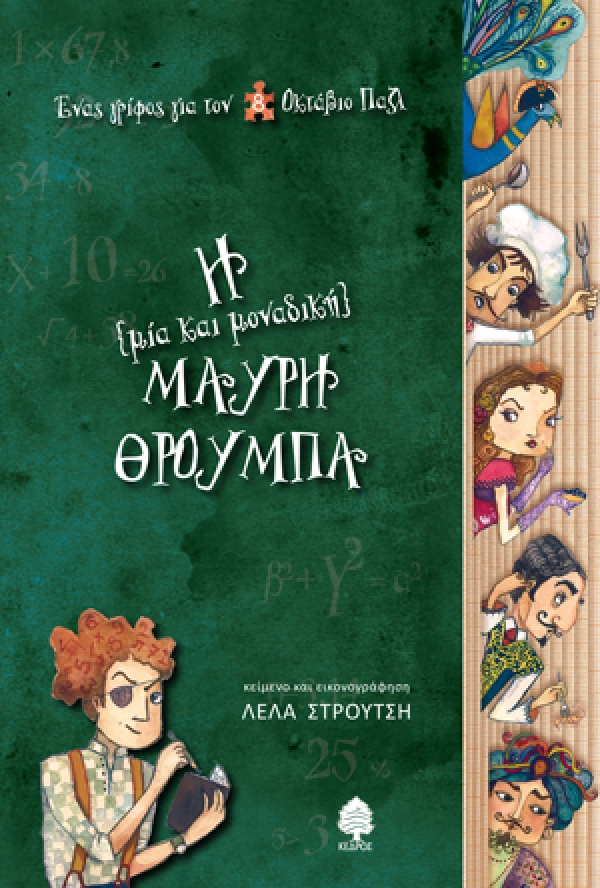
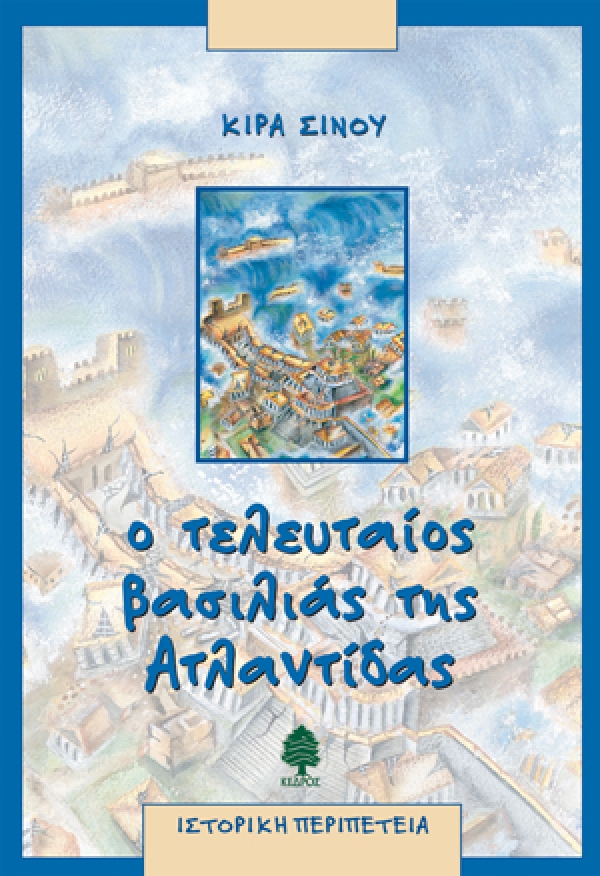



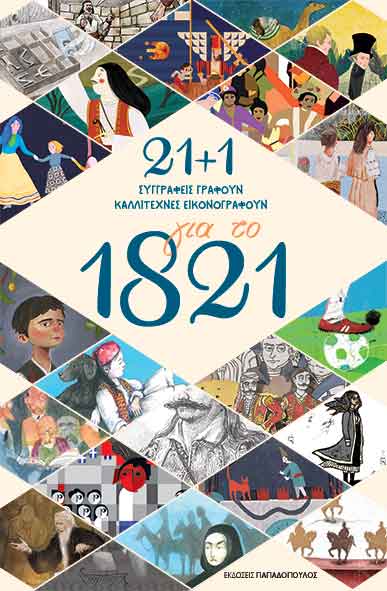


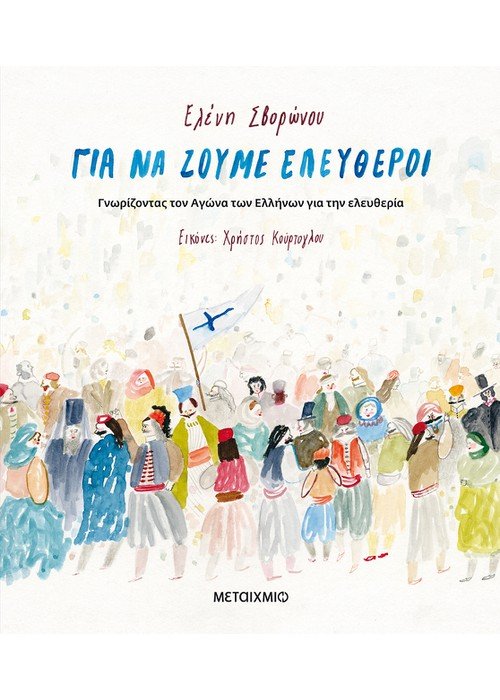
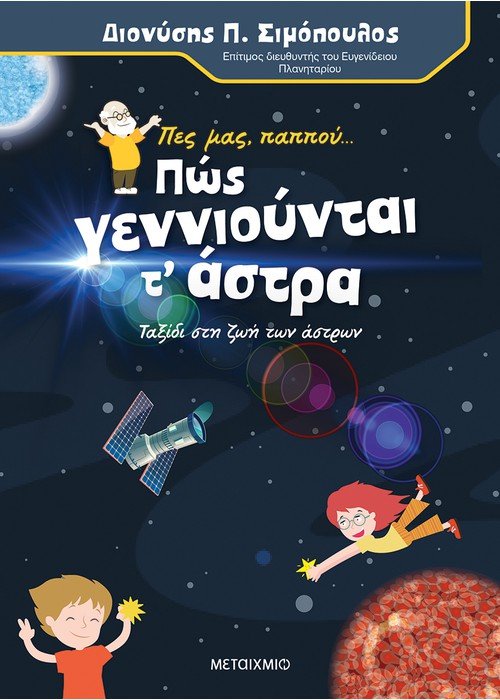


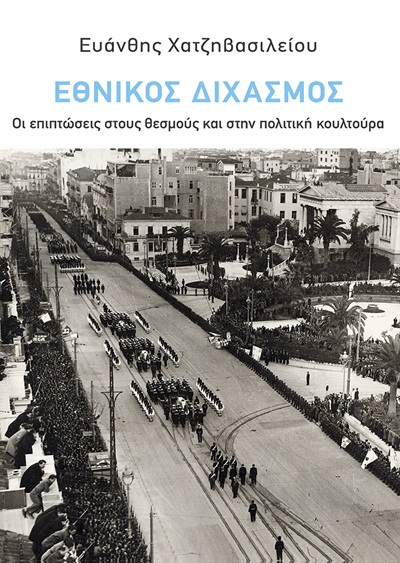
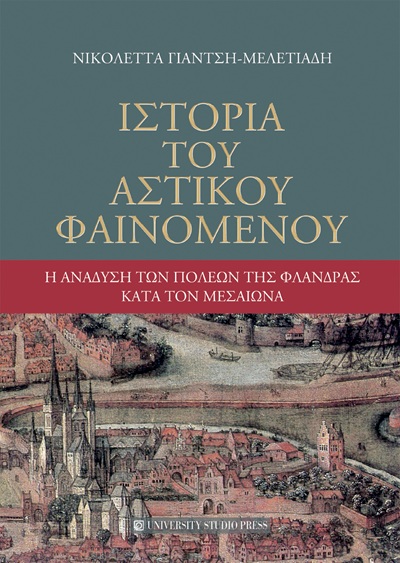
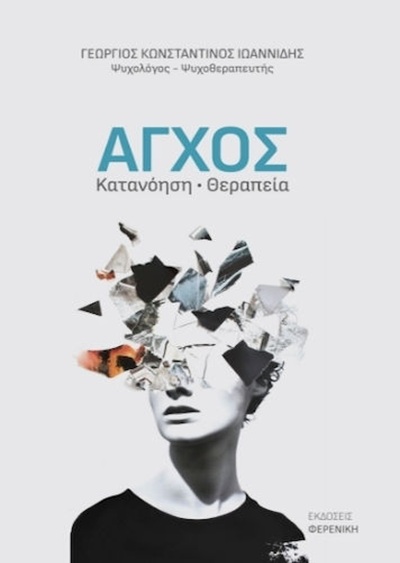


Leave A Comment